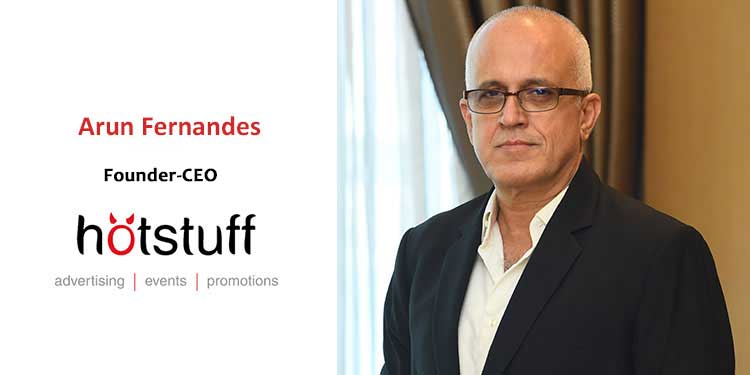Indian culture revolves around the ‘life is a festival’ philosophy and it comes as no surprise that Indians celebrate festivals with great pomp and show. Though the pandemic and ensuing lockdowns came as a sudden blow, Indian retailers are bouncing back to normalcy and the retail sales boom observed this festive season is a testament to the improving consumer sentiment. In fact, shoppers across India bought items worth INR 1.25 trn, which is comfortably the highest aggregate in the last 10 years! Mass vaccination drives reduced Covid cases, encouraging consumers to venture out and go about their daily activities like in the pre-pandemic era. This was a huge respite for the Confederation of All India Traders (CAIT) as the economy is now on the path of steady recovery after a prolonged slump. The 2021 Diwali sales season may be a sign of things to come as more and more sectors open up, catalysing more revenue. And just like they did during Diwali, marketers are expected to capitalize on the post-pandemic recovery with a slew of revenue-generating tactics. Let’s have a look at how marketers shifted gears in the festive season and how these trends might continue in the coming months.
Tier 2 and Tier 3 cities at the forefront of sales surge
This crucial factor was evident from the results of the massive festival sales hosted by the 2 e-commerce giants, Amazon and Flipkart. Both the companies confirmed that tier 2 and tier 3 cities significantly contributed to their sales this time. The festival sales hosted online witnessed a tremendous response from consumers with a 23% y-o-y growth in sales during the first week of Oct ‘2021. A 23% growth translates to an increase of $4.6 billion in sales.
Growth in influencer marketing
Influencer marketing has been gaining momentum since the last few years and has become immensely popular in 2021. Consumers trust influencers more than ever and retailers have seized this opportunity to promote their products via social media. Influencer marketing is now an important element of any marketing strategy as is evident from the 40-50% increase in influencer marketing ad spends during the festive season. The INCA analysis states that the influencer marketing industry is projected to witness a CAGR of 25% in the next decade and the industry size would expand to Rs 2200 crore in 2025.
Traditional advertising is still relevant
Marketers are still relying on traditional advertising mediums to increase brand awareness, exposure and visibility. This festive season saw the advertising business generating Rs 7000 crore in revenue, which is around 12-15% more than last year. Many big brands invested heavily in TV commercials during Diwali to capitalize on the Indian consumers’ tendency to spend more during festive seasons. Few of the product categories that attracted consumers in large numbers include home appliances, furniture, smartphones etc. The demand for these products can be attributed to the Covid-driven ‘work from home’ culture and the items it necessitated for everyone.
Growth of Digital advertising
Digital mediums are heavily relied upon for advertising owing to their hyper targeting and personalization capabilities. A substantial share of ad budget was allocated by brands towards digital mediums during this year, as per a report by TAM Media Research. The pandemic period saw a tremendous increase in social media activities and brands kept the target audience glued to their content with contests, quizzes and interactive posts. OTT and music streaming platforms are now enjoying immense popularity, thereby opening opportunities for brands and marketers to reach the consumers where they spend most of their time.
The festive seasons saw Indian consumers indulging in shopping and celebrations which provided the much needed boost to retailers. The above insights reveal the consumer sentiment and the current trend of marketing spends directed towards the said marketing channels. The upcoming wedding season will further boost sales and marketers can make the most of it by aligning marketing with the evolved consumer trends and habits post pandemic.
Improved consumer sentiment was the driving force behind the massive sales surge in the Diwali season. Retailers and industry experts believe that it will continue to improve during the upcoming wedding season. The next few months can generate another peak for Indian traders and they would be well advised to revisit their Diwali season strategies, utilize the insights to align their marketing & advertising strategies and make the most of this wave.
This article is authored by Arun Fernandes, Founder-CEO, hotstuff medialabs.















